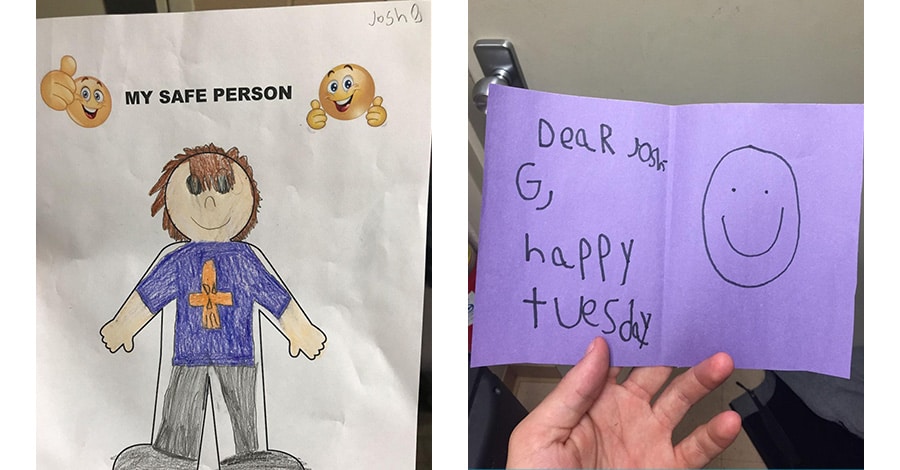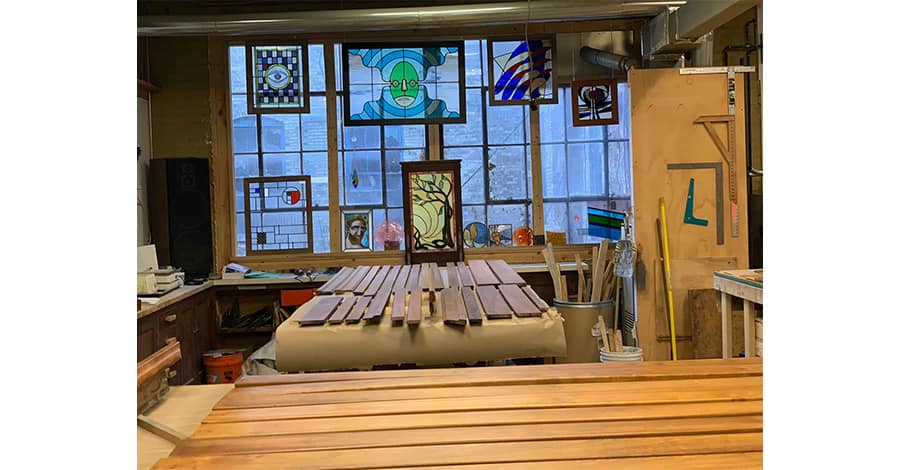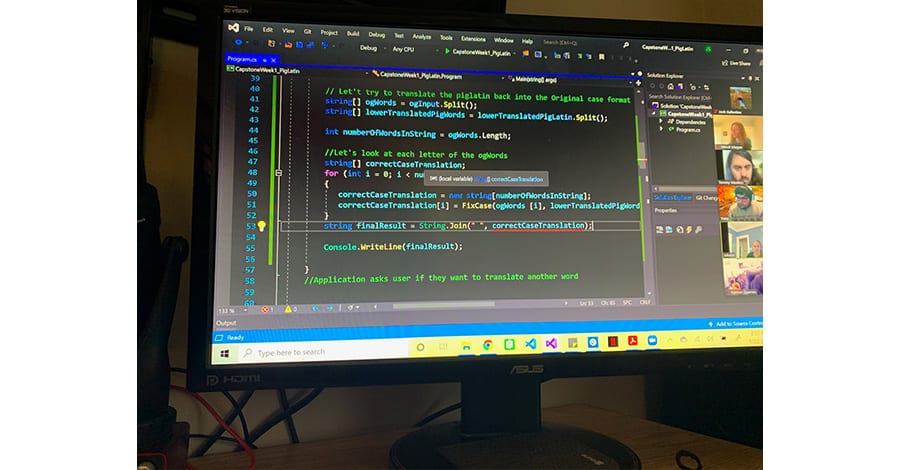Less than a year ago, I couldn’t tell you what a for loop was. I worked with children with cognitive delays and autism in a residential care facility. I also spent several of those years doing ABA (Applied Behavior Analysis) in a clinical setting, which will be important to note later in this post.
In September 2016, I attended the Michigan Autism Conference in Kalamazoo, MI. Toward the end of the keynote speakers’ speech, they asked, “Do we have any software developers here? We are in serious need of more ABA software.” For the rest of the conference and the weekend following it, I kept thinking, “What else could they possibly need for software?” That following Monday, I went back to work. We all had iPads that had one of the most widely used ABA data tracking applications (at the time). As I went through the workday, I kept catching myself wondering why the app would behave a certain way. Why did I have to type in the values in some spots, use a slider in other spots, and “just know” what a button did in another spot? As it turns out, this was not so much about the quality of the code written for the app, as it was about the tools the administrators were given and the lack of support they received after their initial purchase of the app.
After finishing out my day of clinical therapy with the children, I would open another portal on a computer where I would open two separate forms to input all of the data I entered into the iPad. The Behavior Analyst would then use the data for their reports. This was when the cartoon lightbulb turned on above my head; I didn’t know a thing about software development, but I knew there had to be a way to streamline this process. Every time I went through the tedious task of re-entering data, my curiosity grew – until I began doing the logical thing – looking at Computer Science degrees from universities. Mind you, I didn’t even know what code was, but I figured it had to be pretty much the same as changing the background of my MySpace profile to lime green and embedding obnoxious ska songs that you couldn’t turn off – I was good at that. But, believe it or not, working in the non-profit social work field does not lend you much time or money. So I decided a CS degree would not be in the cards in the near future, but something I could think about for later. After all, I genuinely loved what I was doing, and I was good at it – why would I think about switching careers?

Fast-forward 3 years to the fall of 2018 – I had just started a role at working with stained glass; building, designing, and restoring windows and fixtures. It turned out that the mental health field sucks a lot of energy out of you, and I needed to change it up for a bit. I had completely forgotten about my interest in software until a friend of mine invited me to attend a free “Intro To Coding” class with them at the Grand Circus campus in Grand Rapids. I immediately took up the offer. Once there, we worked on simple things in JavaScript; variables, “Hello world”, etc. This is where I started understanding how vast the computer world really is. It was a bit overwhelming, but that just made me all the more intrigued. I immediately started looking into the bootcamps but wasn’t sure if I trusted the promises they made … that was a lot of money to throw at a three-month course. I put it on the backburner again. I needed some more evidence that this is something people see success in.

Around mid-summer of 2019, I realized that custom glasswork was just not something I wanted to keep pursuing; I was tired of going home with my hands cut up every day- among other safety risks. I missed my job with the kids and decided to come back full-time from my on-call status. It was great. I knew how to do everything, and I had a great report with the other staff and clients almost immediately.
The warm and fuzzy feeling took a sharp nosedive as soon as the pandemic shut down started. When you are in an environment with a bunch of children that don’t like changing routines, stopping the spread of a virus is nearly impossible. The stress of being actively exposed constantly on top of the usual stress was all I needed to push me to make a change. There are so many remote jobs available, and I know I loved the tiny amount of coding I had learned. Let’s do it.
It’s late December, and I have a workbook to finish to be fully accepted into the bootcamp. Looking back, I cannot believe the amount of stress a for loop put on me. I spent hours on a problem that would take me less than 10 seconds now. At the moment, it seemed so difficult, but being able to view and measure my progress has remained one of the biggest motivators to keep going with it. A week into the class came the “Oh, this will always be a challenge” feeling, which is actually quite comforting in a strange way. From what I have gathered from everyone else in the industry, there will always be more to learn. The great thing about the industry, and BizStream in particular, is that it fosters growth and knowledge. Rather than throwing you to the wolves, so to speak, you are given a chance to ask questions without ridicule, explore further education opportunities and commiserate with other devs when neither the official documentation nor Google have the answers you’re seeking.

The interview process at BizStream after doing a bootcamp was incredibly intimidating, considering I was competing with people that had completed four-year CS degrees. Still, I felt confident enough to admit when I did not know how to answer something. After all, I am still learning. BizStream seemed to lean into this and made it apparent that they would be willing to continue that process with me. As someone coming from a background in social work and case management, they assured me that my hands-on knowledge in the field was invaluable. They were quick to offer me a hybrid position as a junior developer and support desk specialist.
The two roles work really well together; I am asked questions that involve some searching – helping me understand the code better while also learning how to answer those questions more quickly from understanding the code. My previous experience in the social work field helps me know customers’ needs and their urgency. Knowing how confusing many of the local, state, and federal processes are with youth case management has also aided in communication with clients. BizStream genuinely values my input on subjects about social work and youth-related subjects, which keeps me motivated to improve continuously. My opportunities at BizStream will continue to open if the team keeps rowing in the same direction. Dropping everything to switch careers might sound terrifying (it is), but if you are willing to fully commit to networking and practicing (and more practicing), you can accomplish it. There are many people in the tech community that would love to help you succeed.
We love to make cool things with cool people. Have a project you’d like to collaborate on? Let’s chat!
Stay up to date on what BizStream is doing and keep in the loop on the latest in marketing & technology.